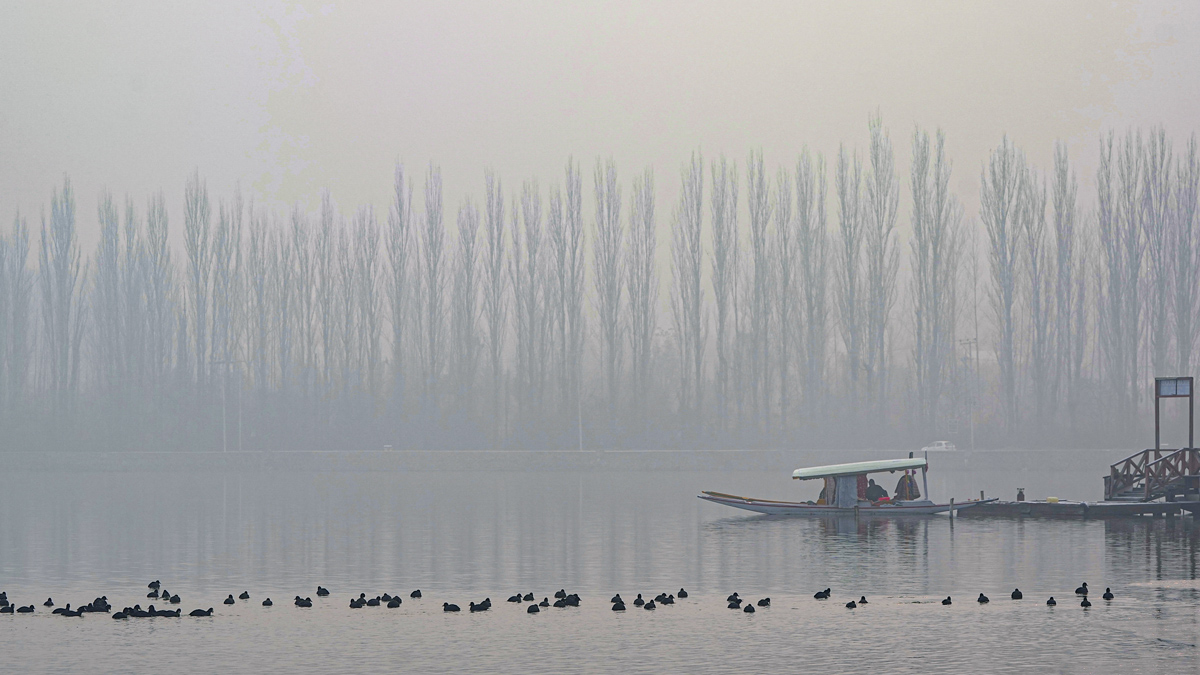As record-breaking cold grips Kashmir, power outages are making life harder for residents. This crisis continues despite better revenue from smart meters and improved infrastructure.
Power supply shortages have caused blackouts lasting one to two hours in Kashmir, in addition to the scheduled cuts. The supply has dropped to 1,230MW—much lower than the 1,700MW needed.
Electricity demand increases in winter as people use geysers, heaters and blowers to stay warm. Power allocation swings between 1,000 to 1,500MW, which isn’t enough to meet winter needs. Despite Chief Minister Omar Abdullah’s orders to avoid extra cuts, the situation is getting worse.
Prolonged power outages are affecting residents, businesses and hospitals. Patients who rely on oxygen concentrators are at serious risk since many devices don’t work with inverters. Frequent power cuts have forced people to depend on batteries, but these provide only limited help.
To stay warm, many residents use traditional heating methods like Kangri – an earthen pot filled with burning charcoal, artfully wrapped in wicker. Hammams are another means to fight the cold. It comprises rooms with stone floors heated by burning wood underneath, with smoke vented through chimneys.
Chief Minister Omar Abdullah has discussed the need for more power with the home and finance ministers. Hydroelectric power generation has fallen because of low river discharge in winter, worsening the crisis.
KPDCL has asked the central government for extra power to meet demand. The worsening power crisis highlights the urgent need for long-term solutions to ease the hardships faced by Kashmir’s population during winter.
Doctors have warned that severe colds can lead to heart attacks. It has also asked people suffering from diabetes and bone-related issues to take precautions. The government has already announced winter vacation for educational institutions till February.


